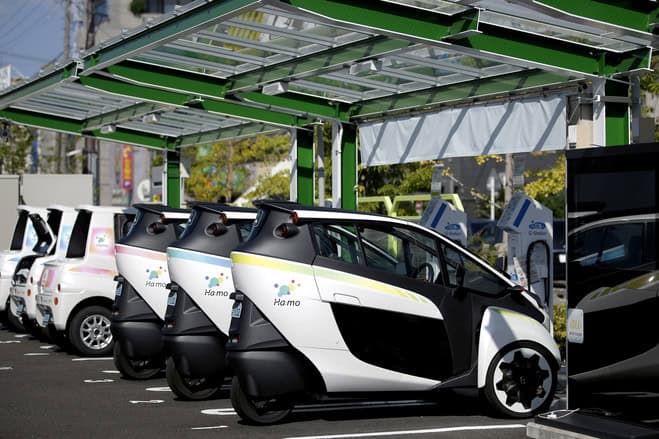
The number of electric cars on the road is predicted to expand to 125 million worldwide by 2030, due to supportive policies and cost reduction. This is according to a new report from the International Energy Agency that was released on Wednesday.
The 125 million figure follows the IEA’s New Policies Scenario, which takes into account “both the policies and measures that governments around the world have already put in place, and the likely effects of announced policies, including the Nationally Determined Contributions made for the Paris Agreement,” according to the IAE. An even more ambitious plan, the IEA’s EV30@30 Scenario, which applies policies aimed at making electric cars 30% of the market share by 2030, would mean up to 220 million electric cars on the road by 2030.
In 2017, the number of electric cars hovered just above the 3 million mark, which compared to 2016 is a 54% increase. For the IEA’s purposes electric vehicles (EVs) include these four categories: battery electric vehicles, hybrid electric vehicles, plug-in hybrid electric vehicles, and fuel-cell electric vehicles.
In addition to cars other electric vehicles saw growth “electric buses rose to 370,000 from 345,000 in 2016, and electric two-wheelers reached 250 million,” the IEA reports. Electric vehicle infrastructure also expanded: There were roughly 3 million private charging stations world-wide and 430,000 public chargers.
The adoption of electric vehicles hinges on several factors. The most important of which is government policies, including “public procurement programmes, financial incentives reducing the cost of purchase of EVs, tightened fuel-economy standards and regulations on the emission of local pollutants, low- and zero-emission vehicle mandates,” the IEA reports.
Cost and performance of lithium-ion batteries are also a factor in the expanded use of electric vehicles, and innovation is both expected by IEA and needed due to potential supply issues with core components like lithium and cobalt. Cobalt is currently mainly produced in the Democratic Republic of Congo, and 90% is refined in China. “Even accounting for ongoing developments in battery chemistry, cobalt demand for EVs is expected to be between 10 and 25 times higher than current levels by 2030,” according to the IEA.
Currently China is seeing most growth in electric vehicle adoption, accounting for half of the electric cars sold in 2017, while the U.S. saw the second largest number of electric cars sold. However, in terms of market share, Norway is the leader: 39% of new vehicles sold were electric. And the IEA shows that the majority of electric adoption is concentrated in just a few countries.
A number of countries — France, India, the U.K., Norway — have set their sights on ending the sale of gas or diesel powered cars in favor of electric vehicles in the next two to three decades to help reach reduced emissions goals.
In the United States, a recent survey from AAA found that 20% of Americans want their next car to be electric.
